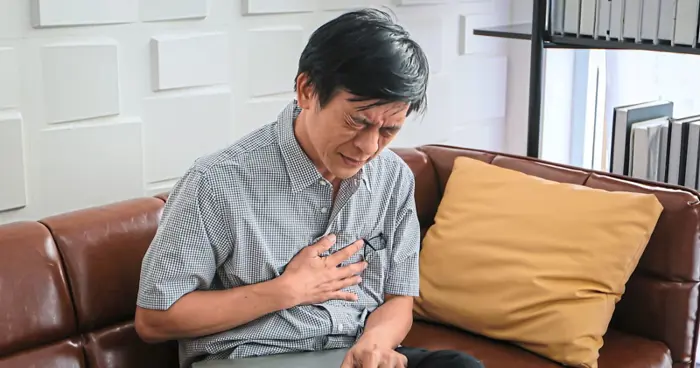Beyond Traditional Valve Replacement
HEART disease continues to be the leading cause of death in Malaysia, with the National Heart Registry noting a growing number of aortic-related conditions affecting younger patients.“We are seeing more cases of aortic root aneurysms in patients in their 30s and 40s, many of whom are unaware of their condition until an incidental finding during routine check-ups,” says Institut Jantung Negara (IJN) senior consultant Cardiothoracic surgeon Prof Datuk Sri Dr Azhari Yakub.
An aortic root aneurysm, he explains, is a bulging or dilation that occurs in the portion of the aorta closest to the heart – the area that includes the aortic valve.
“This segment is crucial, as it connects the left ventricle of the heart to the rest of the body’s arterial system,” says Prof Dr Azhari. He points out that the causes of aortic root aneurysms are varied, including inherited conditions such as Marfan syndrome, Loeys-Dietz syndrome, and bicuspid aortic valve disease.
High blood pressure, connective tissue degeneration, and even simple aging can also weaken the aortic wall. Family history of aortic disease also significantly increases one’s risk, underscoring the value of early screening in genetically predisposed individuals.
“Most patients do not experience symptoms until the aneurysm reaches a critical size or ruptures, which can be fatal.
“Some might notice chest pain, shortness of breath, or a pulsating sensation in the abdomen, but by then, the risk of dissection is already high,” he adds. However, advancements in cardiovascular surgery now offer a better alternative, such as the Valve-Sparing Root Replacement (VSRR). This life-changing procedure preserves the patient’s natural aortic valve while repairing the damaged aortic root. The two main techniques used in VSRR are the David Procedure and the Yacoub Procedure.
“Both are intricate forms of surgery designed to address conditions such as Marfan syndrome, bicuspid aortic valve disease, and aortic root aneurysms, which can lead to life-threatening complications if left untreated.”
Prof Dr Azhari explains that the David Procedure – also known as the reimplantation technique – involves removing the dilated aortic root while preserving the patient’s native valve. The valve is then reimplanted into a synthetic graft, ensuring both structural integrity and functionality.
“On the other hand, the Yacoub Procedure, or remodeling technique, reshapes the aortic root while retaining the valve, but it lacks the long-term stability of the David Procedure in certain cases,” he notes. Despite the complexity of VSRR, observes Prof Dr Azhari, it offers significant benefits over traditional valve replacement.
“Patients who undergo this surgery avoid lifelong anticoagulation therapy, which is required for mechanical valve replacements.
“This is especially crucial for younger patients who want to maintain an active lifestyle without the risks associated with blood thinners,” he explains. For those diagnosed with aortic root aneurysms or related conditions, Prof Dr Azhari says early intervention is key. Patients experiencing symptoms or with a family history of aortic disease are encouraged to seek a consultation.
See Article






